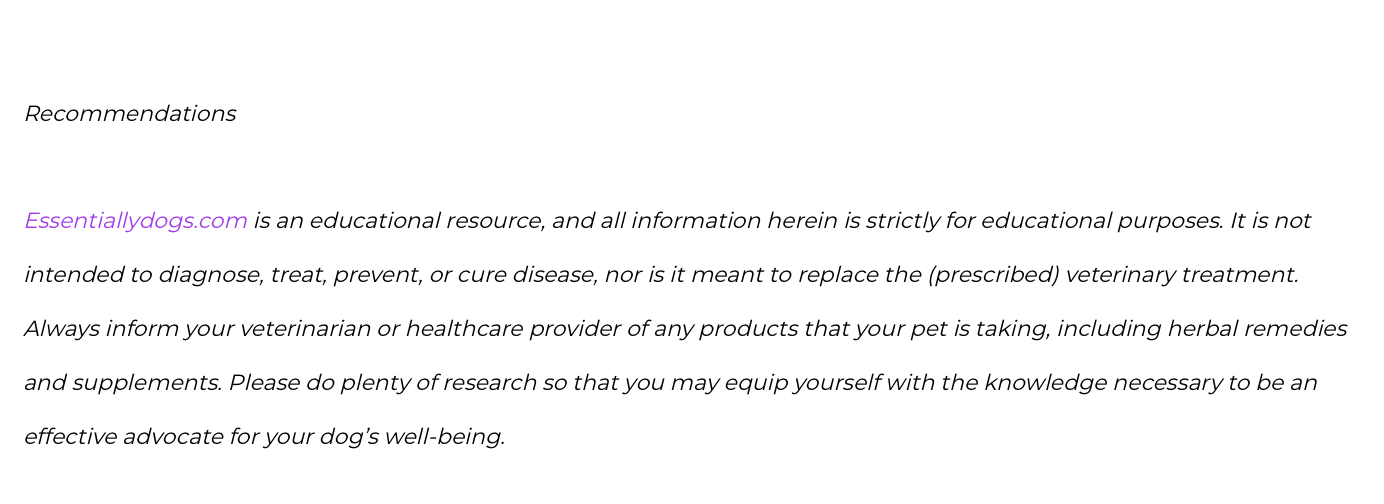Is your dog food really safe?
Well, the label states that the food comes from a USDA inspected facility. Sounds good – right? Nope! That doesn’t mean the food is good. You see, when the USDA inspects, they identify the product that passes inspection and the product that doesn’t pass. Guess what happens to the product that does not pass their standards. Commercial pet food manufacturers purchase it!
Wait until I tell you what happens to the animals that are dead, diseased, dying, or down.
Terms to watch out for:
-meat and bone meal
-by-product
-by-product meal
-animal fat
-animal digest
-natural flavors (a term that includes animal digest).
If Meat is USDA Inspected, It Isn’t 3-D or 4-D, Right?
Wrong! Just because a facility is USDA inspected doesn’t mean that the meat is top quality. The inspectors are there to check the condition of the meat. Their purpose is to identify meat that is suitable for the human consumption. The rejects are typically forwarded to be processed for use in pet food.
Animals identified as 3-D or 4-D are sent off to make dog food (kibble). But some raw brands are buying it because its crazy cheap and they can slap USDA inspected on their site (and on the products), and many dog owners won’t know the difference.
4-D animals come from animals are not slaughtered. They are found dead in fields, feedlots, poultry barns, and they are road kill. They are dead, diseased, dying, or down. They are euthanized animals (including our pets). Could that be why Evangers food contained pentobarbital-contaminated contained horse meat??? The FDA refers to 4-D animals as “adulterated.” The use of adulterated meats are a direct violation of the Federal Food, Drug and Cosmetic Act (FFDCA) to be included in any food (that includes pet food). The FDA clearly states that 3-D and 4-D animals are adulterated and they are not permitted for use in food.
The images in the following link illustrate the types of protein sources that are used in producing commercial pet food. WARNING: The images from the following link are graphic.
One Pet Owner’s Rude Awakening
According to United States Code, Title 21 – FOOD AND DRUGS CHAPTER 9 – FEDERAL FOOD, DRUG, AND COSMETIC ACT SUBCHAPTER IV – FOOD Sec. 342 – Adulterated food
“(5) if it (the food product ingredient) is, in whole or in part, the product of a diseased animal or of an animal which has died other than slaughter” it is considered adulterated, and therefore a violation.
Unfortunately, the FDA does little. The FDA is responsible for enforcing recalls after products are sold in pet stores and find their way into our homes. It is only after damage is reported and it’s too late. The true testers are our pets!
What’s really angering is that according to CPG SEC.690.500 Uncooked Meat for Animal food states that “CVM (College for Veterinary Medicine) is aware of the sale of dead, dying, disabled, or diseased (4-D) animals to salvagers for use as animal food.”
So Doesn’t the AAFCO Keep Consumers and Our Pets Safe from 4-D Ingredients?
NO!!! The fact is that the AAFCO (the Association for Animal Feed & Control Officials) is merely an organization. It is illegal to dispose of 4-D waste as we do with general trash so the 4-Ds are sent to a places called a “rendering plants” to be processed.
The AFFCO guidelines permit 4-D ingredients in pet food despite federal law! The AAFCO does NOT regulate. They support the pet food industry – in fact, they ARE the pet food industry as the members of this organizations are from the big pet food manufacturers. In other words, The manufacturers decide what THEY want in pet food. The AAFCO works hand in hand with the pet food industry maximize profits. When consumers see the AAFCO seal on products they are given a false sense of security that those products are safe and regulated.
To see what food I recommend, Check out the following articles:
The BEST Food for the Advanced
My article Getting Away with Putting our Dogs at Risk shows which states violate state laws regarding pet food, which states violate federal pet food laws, and which states disregard both state and federal laws. It is a shocker to say the least. Pet food regulations and laws are continually ignored and go unpunished as there is no enforcement of the laws.
Sources:
|
Thixton, Susan. “The Romance Is Over.” Truth about Pet Food, Susan Thixton, 10 Apr. 2016, http://truthaboutpetfood.com/the-romance-is-over/. |

